The Douglas Valley
OS grid reference :-
The attractive Douglas Valley is a particular favourite with visitors. Stretching from Crooke Village through Gathurst and on to Appley Bridge and the village of Parbold, the valley provides a wealth of opportunities for walking, exploring or simply sitting at one of a number of canal-side inns.
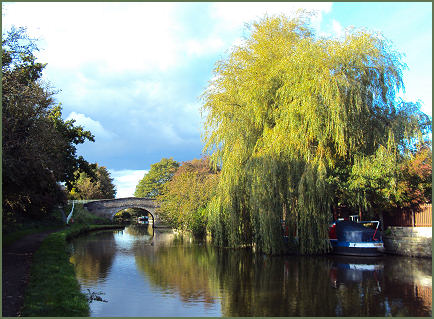
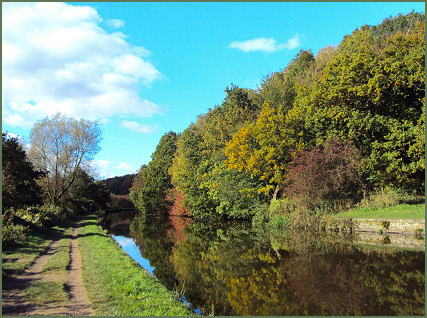
Douglas means black stream and is derived from two Celtic words, “dubo” meaning black, and “gallsjo” which means stream. The ninth century Welsh chronicler Nennius , in his “History of The British” relates the legendary King Arthur fought four battles against the invading Saxon invaders on the banks of the River Douglas.
The village of Parbold (OS grid ref-SD495115) lies at the bottom of Parbold Hill, on which stands the famous Parbold Bottle, so called because it vaguely resembles a giant bottle, it was built in 1832 to commemorate the Reform Act and has now been restored. The Bottle is visible from the canal. The first recorded references to the village occur in the late twelfth century, the oldest surviving houses, Common House and Manor cottage, dating from the seventeenth century. Wood Lane, just off the main road, arguably boasts some of the best views of the surrounding countryside. Parbold Windmill, which survives to the present day, was built in 1794 but ceased operating in the mid nineteenth century. It now houses an Art Gallery.
The Leeds Liverpool Canal and Fairy Glen
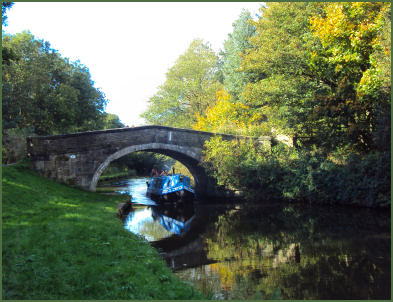
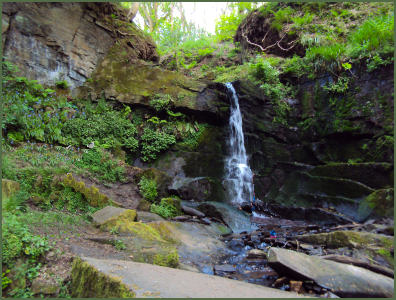
The picturesque wooded clough valley of Fairy Glen, which is around a mile in length, is a popular beauty spot situated between the villages of Appley Bridge and Parbold. Meandering Sprodley Brook, which feeds into the River Douglas, has over time, cut down through the underlying sandstone to create the steep valley, which boasts a series of spectacular waterfalls and dramatic cliff faces.
Parbold Windmill and the Canal
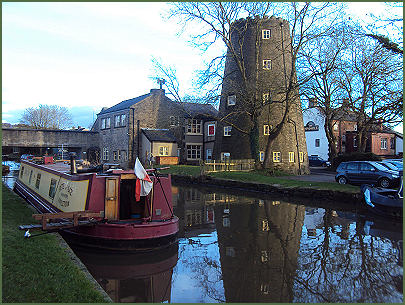
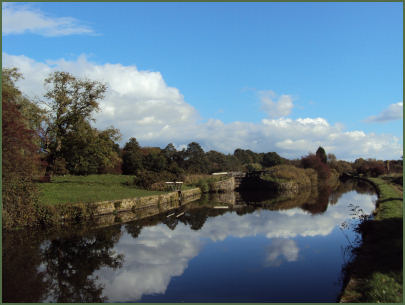
The River Douglas rises on Winter Hill on the West Pennine Moors, and flows for 35 miles (56 km) through several towns and onto the Ribble estuary past Tarleton. The river was made navigable in 1742 and the Leeds and Liverpool canal which passed through the heart of Parbold was constructed less than 40 years later. Next to the lock keepers house at Dean Locks is the remains of the lock which took boats from the Leeds and Liverpool Canal to the River Douglas.
